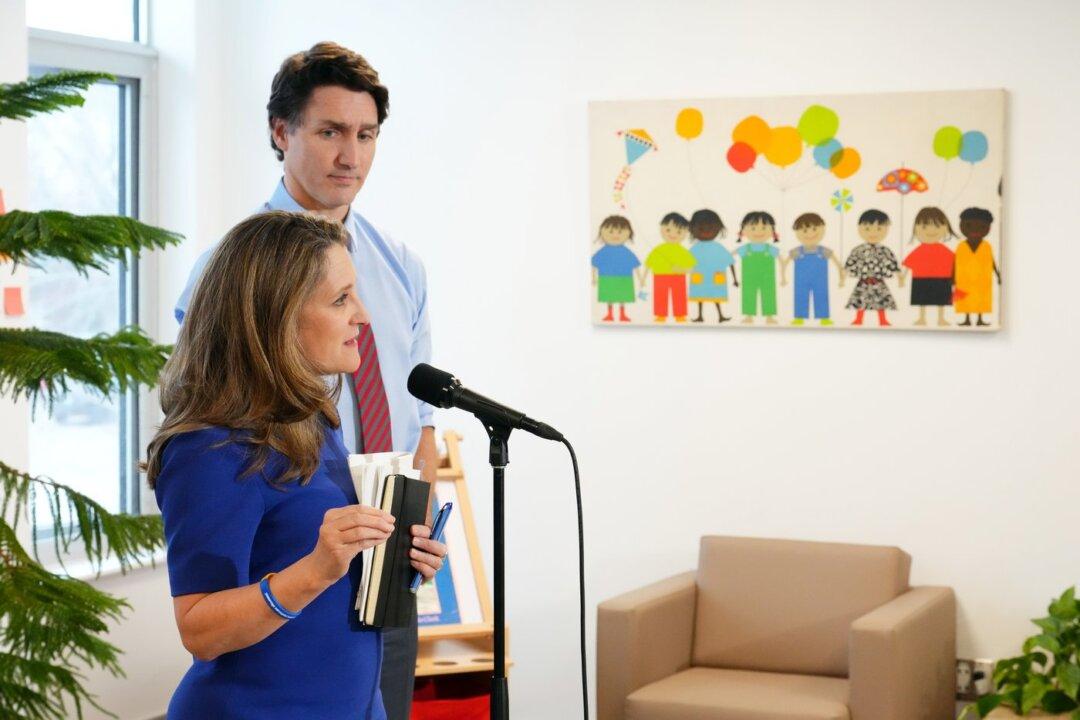Commentary
In 2021 Ottawa announced plans for nationwide $10-a-day child care at a cost of $30 billion over five years. Three years in, how is it going? Not well.

In 2021 Ottawa announced plans for nationwide $10-a-day child care at a cost of $30 billion over five years. Three years in, how is it going? Not well.